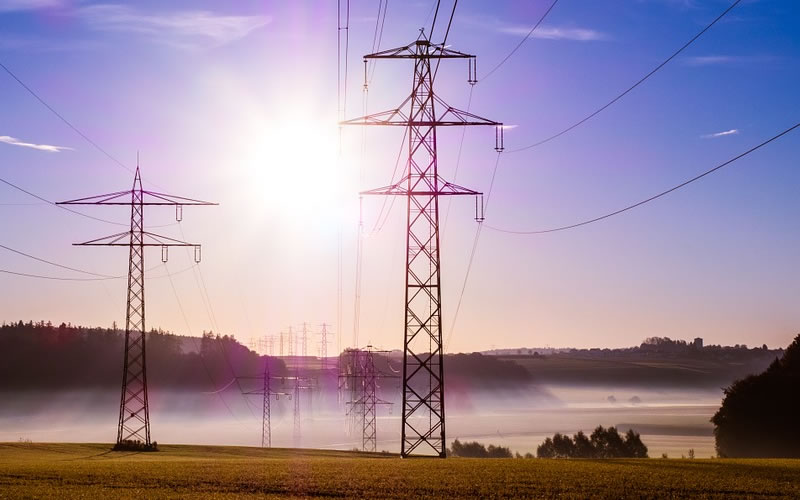By Andy Brack, editor and publisher | There’s a huge disconnect going on with electricity in South Carolina.
 On one hand, we’re in the second year of trying to figure out why there was a $9 billion debacle of a nuclear power plant project in Fairfield County being built by SCE&G and Santee Cooper. There’s been finger-pointing by legislators, finger-pointing about the legislature, testimony to regulators, lawsuits, and on and on. At the end of the day, it’s still a mess and it’s probably going to consume the legislature again in 2019.
On one hand, we’re in the second year of trying to figure out why there was a $9 billion debacle of a nuclear power plant project in Fairfield County being built by SCE&G and Santee Cooper. There’s been finger-pointing by legislators, finger-pointing about the legislature, testimony to regulators, lawsuits, and on and on. At the end of the day, it’s still a mess and it’s probably going to consume the legislature again in 2019.
On the other hand is what people generally aren’t talking about: Why the whole thing is such a big deal. The answer, as you might expect, is money.
SCANA, SCE&G’s parent company, quietly issued a press release on the Saturday after Thanksgiving as South Carolinians absorbed the Clemson-Carolina football game or were still in a holiday food coma brought on by eating turkey leftovers – or both. The release announced a $2 billion settlement with ratepayers upset by higher rates being charged for years to help build the unfinished project. That’s a lot of money to try to make something go away. But there’s a reason it may be a good deal: it provides some certainty for company budgeteers who would be able to plan and not have an unknown liability that could balloon if lawsuits didn’t go their way.
Meanwhile, Dominion Energy recently offered another deal (a third) to try to get regulators to approve its offer to buy SCE&G. Dominion knows that buying SCE&G would be a sweet deal over time. Why? Because South Carolinians are among the nation’s top users of electricity in the country and have the highest bills in the country.
According to ChooseEnergy.com: “South Carolina earned the dubious distinction of highest electric bills per household in 2016, thanks to a combination of high usage and relatively high prices. On average, Palmetto State residents paid $146 per month for electricity, totaling up to $1,753 for the year. That’s nearly double the amount paid by the state with the lowest electric bills.”
While our rates are 19th highest in the country, any utility executive with half a brain can easily read the tea leaves: South Carolinians are used to paying a lot to keep their homes, businesses and air-conditioners running, which translates into an investment so good that cash registers will keep scooping up money for years and years.
Unless the playing field changes.
Two ideas come to mind. First, as suggested for years, there’s a great potential for South Carolinians to save money on electricity by improving energy efficiencies at homes and businesses. It’s low-hanging financial fruit. One expert thinks bills could go down by as much as 20 percent if South Carolinians did things like adding more insulation, switched to more energy-efficient appliances and adjusted the thermostat so it’s a little cooler inside in the winter and a little warmer in the summer.
Second, it may be time for legislators and regulators to look at how power is distributed. Currently, geographic areas generally are bound to one company through service agreements. In essence, these agreements are mini-monopolies, as state Sen. Tom Davis, R-Beaufort, wrote in a recent op-ed:
“Economics 101 teaches that whenever the producer of something has a monopoly and the consumer has no choice, the quality of goods and services decreases while prices rise,” Davis writes. “But in South Carolina, instead of allowing competition from multiple producers to give consumers choices in both service and rates, the legislature has given the big utilities (Santee Cooper, Duke Power and SCANA) service-area monopolies and guaranteed them (on average) a 10.2 percent return on invested capital – even when they make poor decisions.
“Predictably, these big utilities pursue capital-intensive projects in order to maximize their return. That’s why, despite a steady decrease over the past decade in the wholesale price of power in our country, retail rates charged by the utilities in our state have soared.”
So maybe it’s time to look at the whole power mess in a new way. We should figure out ways to bolster more energy efficiencies so families can save money and more power plants don’t have to be built. And, let’s explore ways to curb power monopolies.
- Have a comment? Send to: editor@charlestoncurrents.com




 We Can Do Better, South Carolina!
We Can Do Better, South Carolina!
























